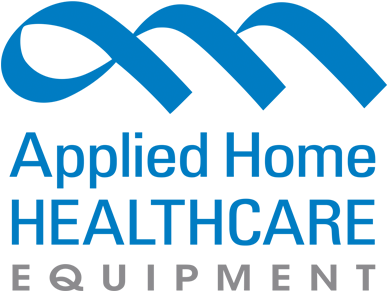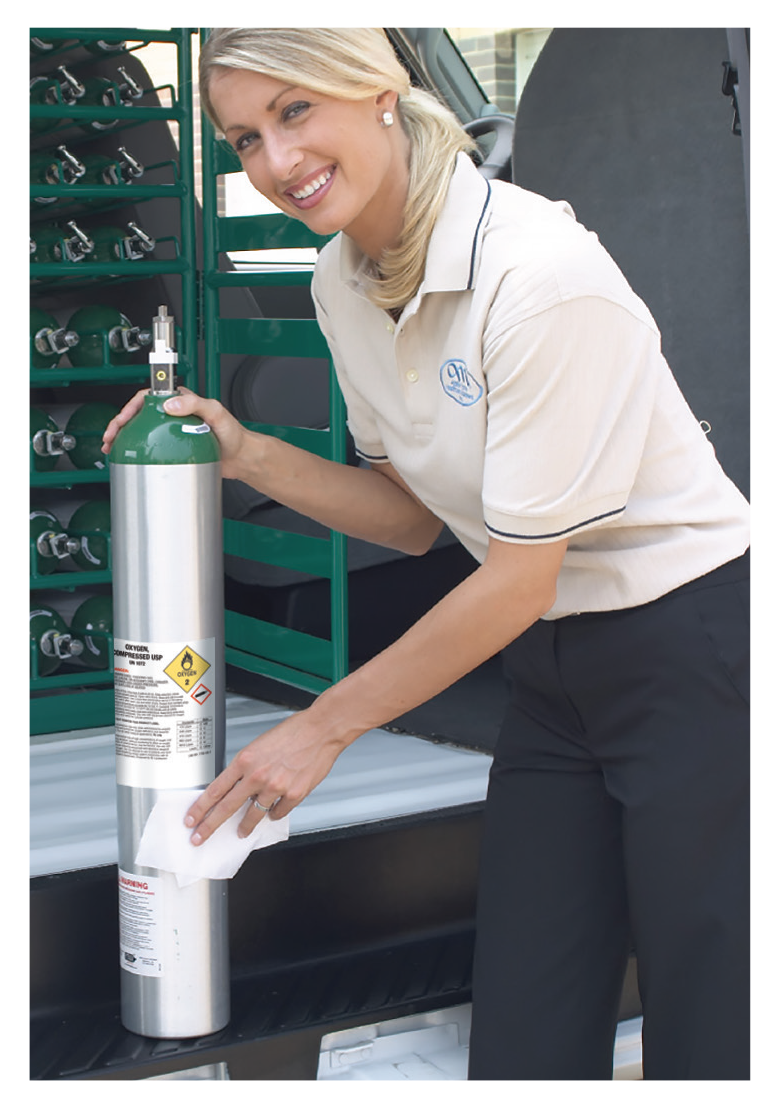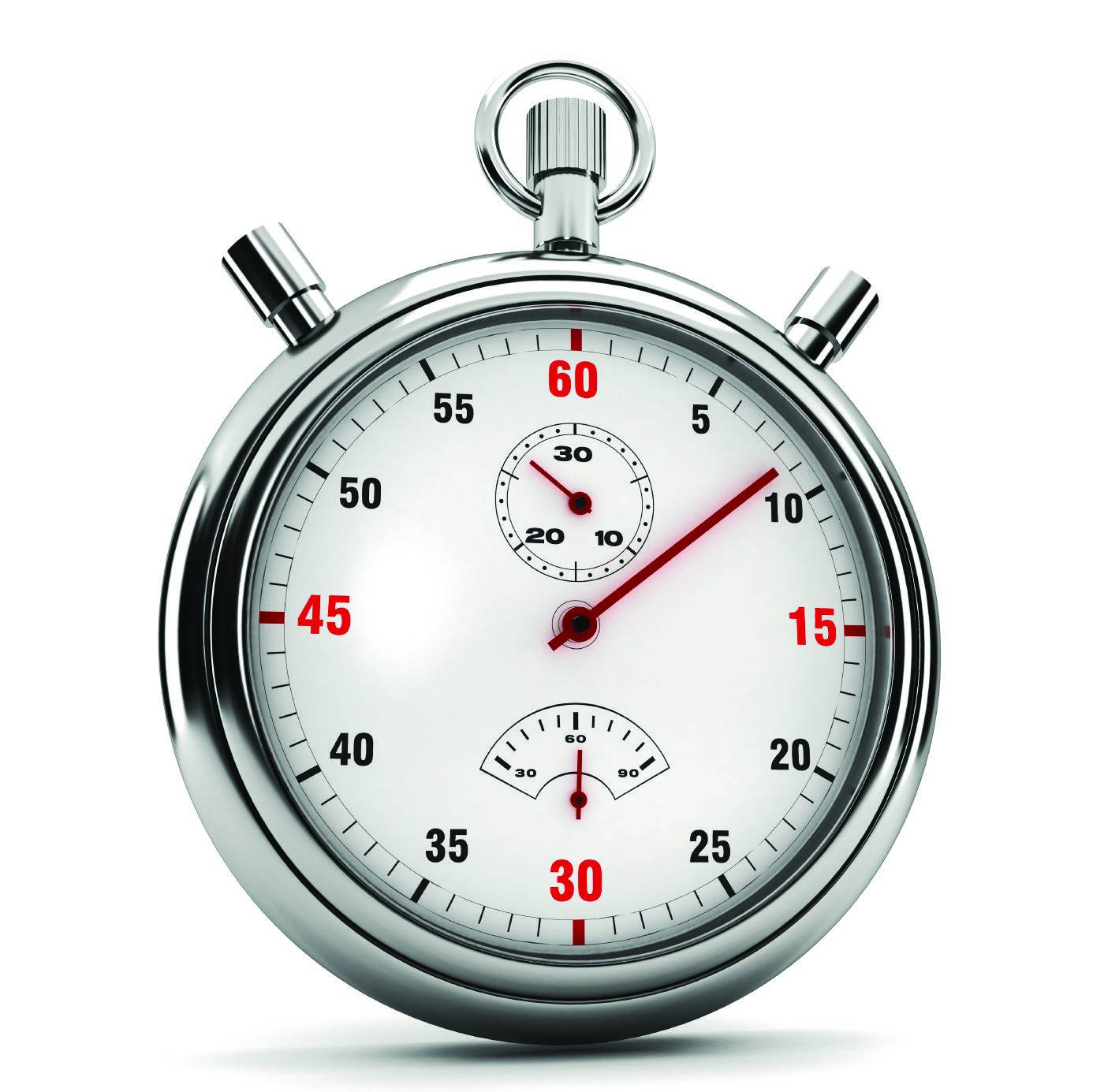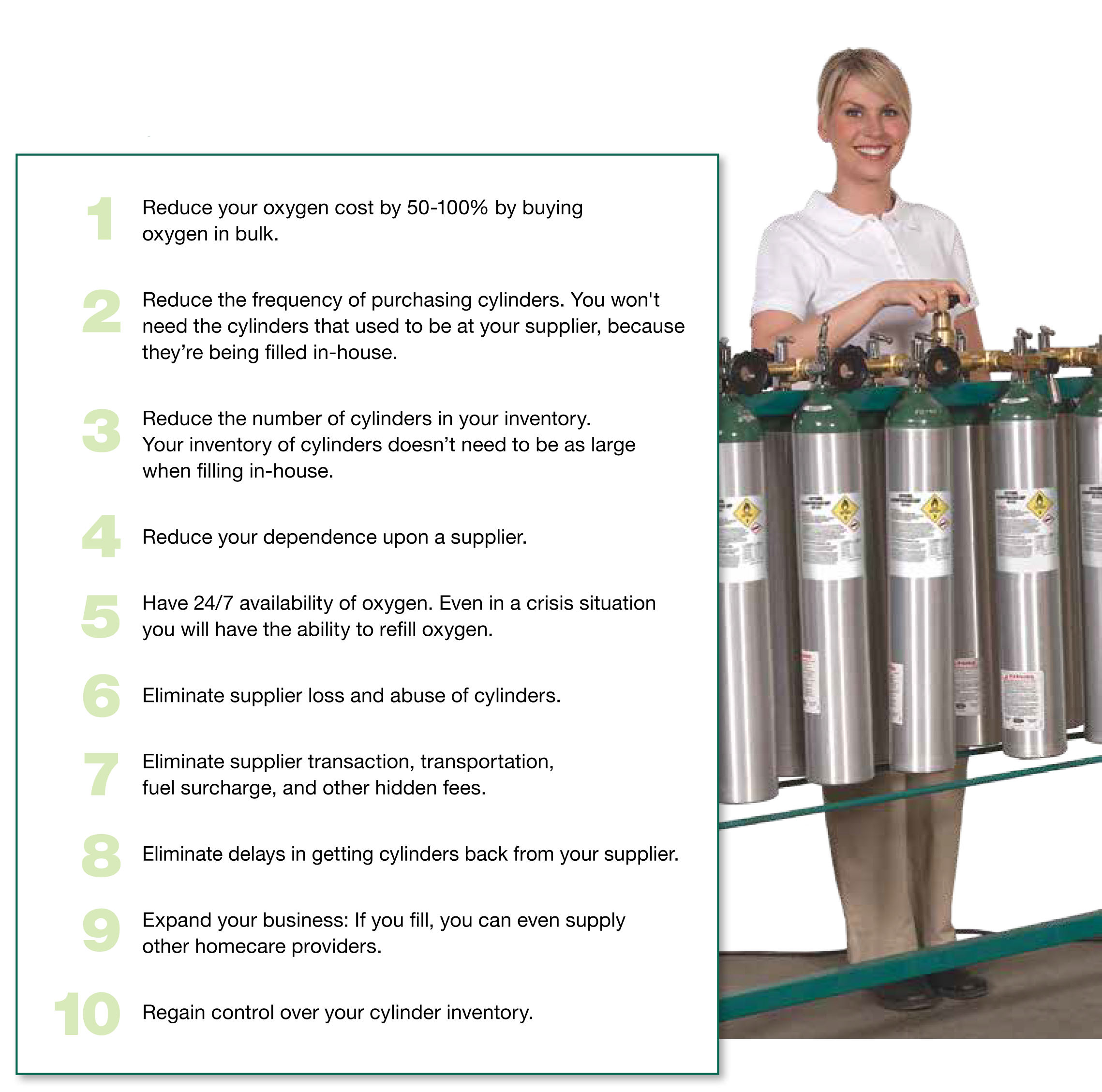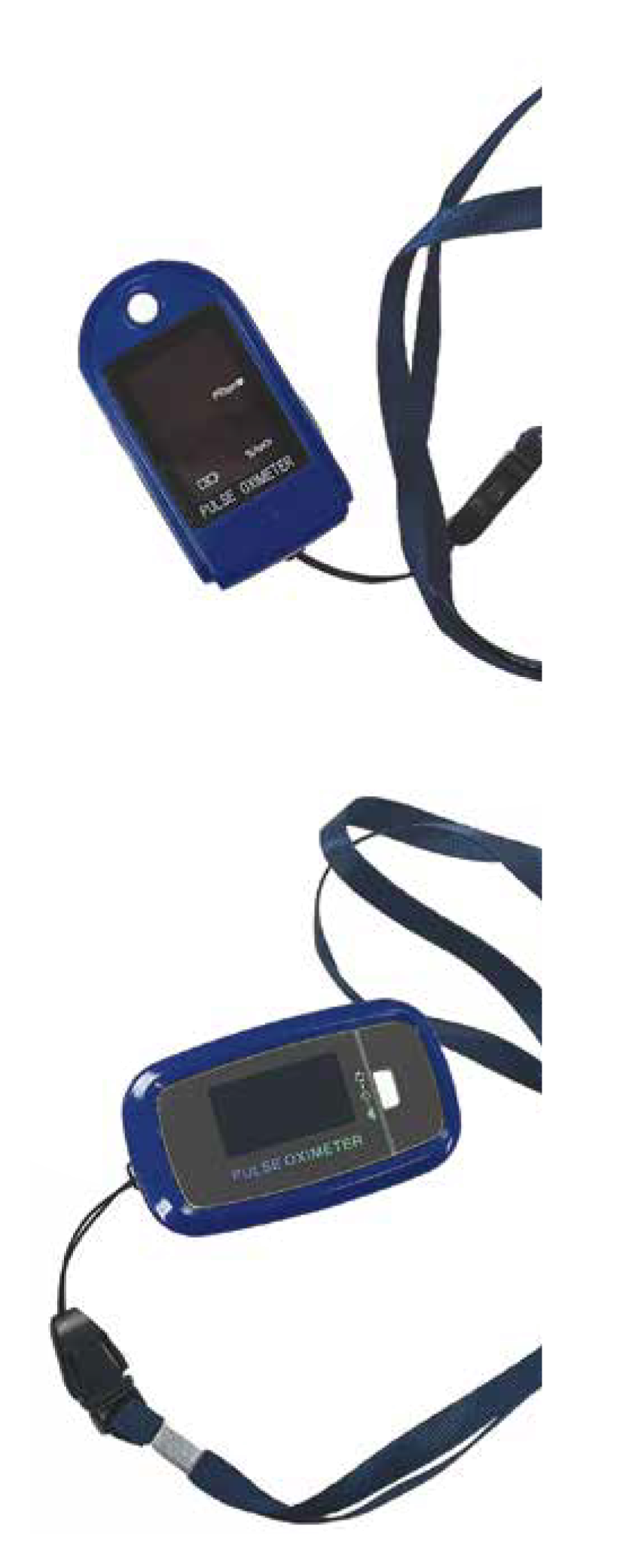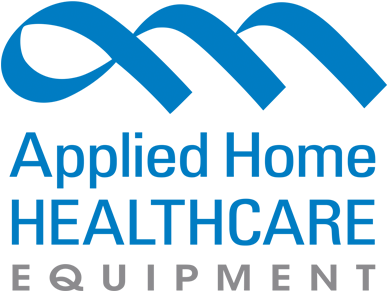PRODUCT CATEGORIES
CLASSES/REGISTRATION
WHAT'S YOUR ROLE?
Latest News
Month: April 2015
Quick Tips For Oxygen Cleaning!
Learn proper oxygen cleaning procedures to ensure equipment safety, prevent contamination, and meet industry standards for oxygen
Get the training you need!
The US DOT requires that every employee receive three types of training at least every 3 years, and within 90 days of start of employment for new
Increase Your Oxygen Profits!
Discover the benefits of refilling your own oxygen cylinders with our infographic, including cost savings, efficiency, and independence for
Just Released: NEW Oximeters!
Applied’s portable pulse oximeters provide non-invasive spot checks of oxygen saturation & pulse rate with easy-to-read display and long battery
Subscribe to our Newsletter
Get the latest regulatory info, accreditation news and exclusive discounts!
 View Cart []
View Cart []